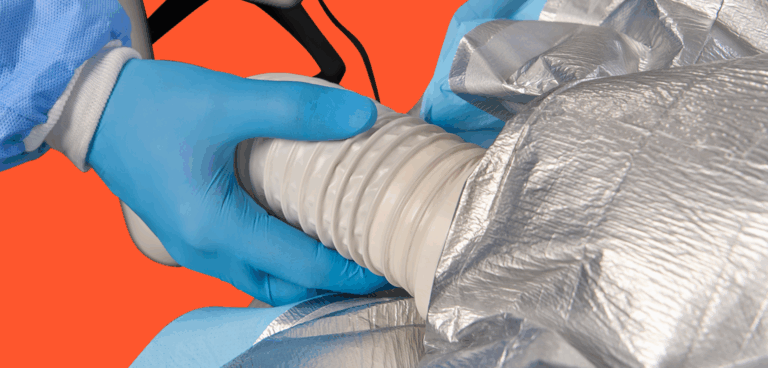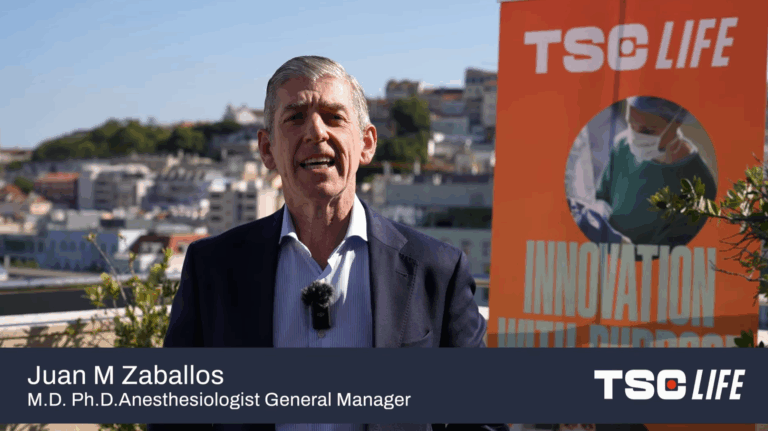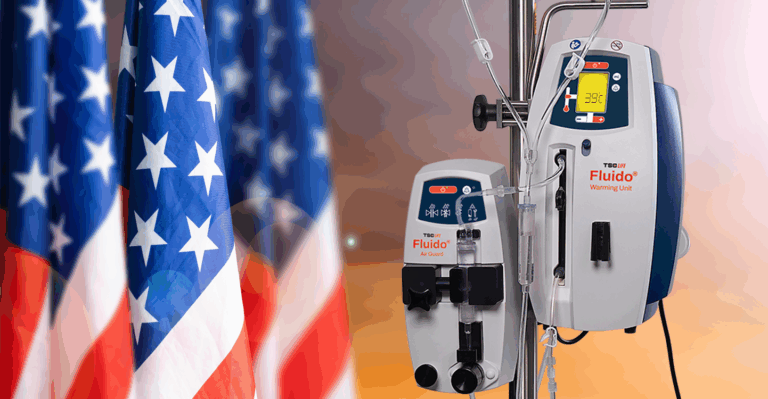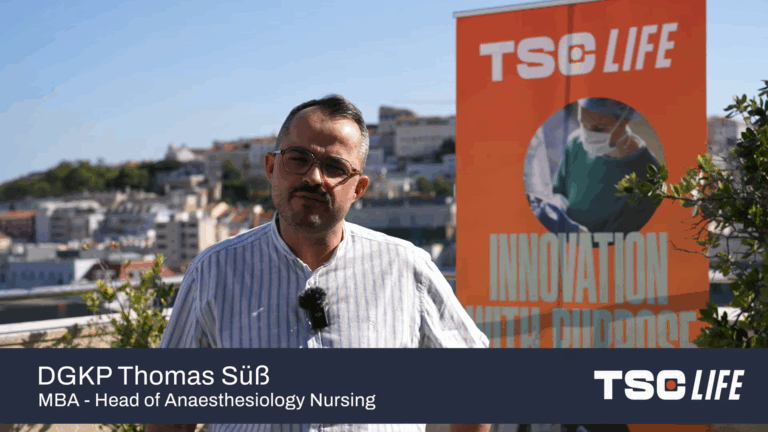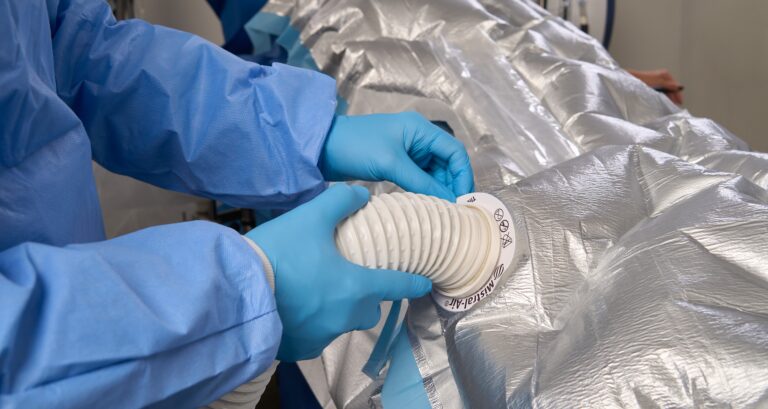Why Patient Temperature Management Is Critical, And Still Underused, In Healthcare
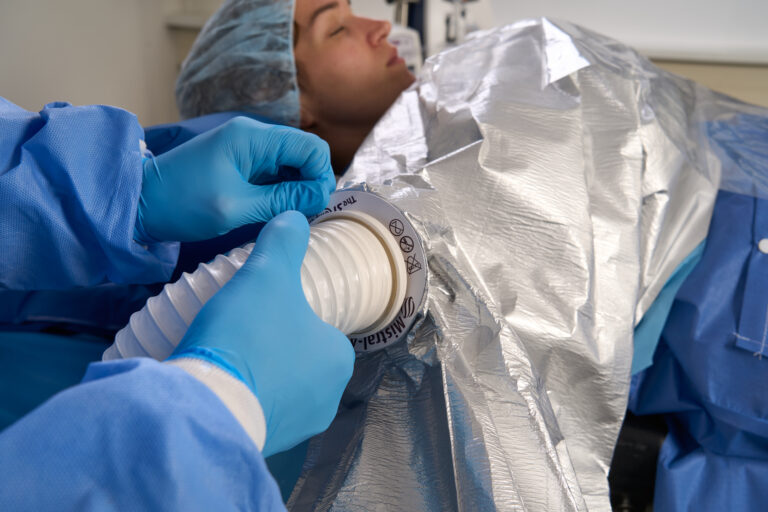
Despite decades of clinical evidence linking patient temperature regulation to improved surgical outcomes, Patient Temperature Management (PTM) remains one of the most underutilized tools in modern healthcare. Much like the slow adoption of digital innovation in hospitals, PTM adoption is hampered by systemic barriers—ranging from resource constraints and lack of training to inconsistent clinical guidelines.
Up to 70% of surgical patients experience inadvertent perioperative hypothermia (IPH), which increases risks of complications including surgical site infections, cardiac events, coagulopathy, and longer hospital stays1.
At a time when healthcare systems are overwhelmed with staffing shortages, rising patient volumes, and cost pressures, PTM represents a simple, cost-effective, and evidence-based strategy to improve patient safety, reduce complications, and lower costs.
So why hasn’t it become standard practice everywhere?
1. The Evidence Is Clear, But Clinical Practice Lags
The clinical consensus on PTM is strong. Studies consistently show that even mild hypothermia (just below 36°C) during or after surgery leads to poorer outcomes.
- The National Institute for Health and Care Excellence (NICE) estimates that maintaining normothermia reduces surgical site infection rates by up to 64%2.
- PTM is also linked to faster recovery times, shorter PACU stays, and reduced hospital costs3.
However, like many innovations in healthcare, it can take an average of 17 years for new evidence to become routine clinical practice4. This delay reflects deeper organizational and behavioural barriers.
2. The Barriers: Familiar Challenges in Healthcare Innovation
Resistance to PTM adoption mirrors the broader struggles of bringing new technologies into clinical settings:
- Clinician Awareness Gaps: Many surgeons and anaesthesiologists underestimate the impact of IPH on outcomes5.
- Training Deficits: OR staff often lack training in optimal warming techniques or device use 6.
- Workflow Pressures: PTM is frequently bypassed due to time constraints, especially in busy ORs7.
- Lack of Institutional Protocols: Not all hospitals have standardized perioperative warming policies2.
A 2020 survey of anaesthesiologists found that more than 40% were unaware of the recommended guidelines for perioperative warming, despite strong evidence in favour of it3.
3. Staff Shortages and Operational Constraints
PTM can be overlooked simply because overburdened surgical teams do not have time or capacity to prioritize it—especially if warming devices are not well integrated into the clinical workflow.
As with digital solutions, the challenge isn’t just the technology—it’s implementation7.
“We know it works, but if it’s not easy to use or not seen as urgent, it doesn’t happen.” — OR Nurse Manager, European Teaching Hospital
4. Patients Are More Informed—And Expect Better Care
A new wave of patient-centred care is forcing hospitals to rethink the surgical experience. As patients become more informed about outcomes, safety, and quality, simple but effective measures like PTM will become visible differentiators8.
Hospitals known for lower infection rates, faster recovery times, and enhanced comfort will gain a reputational edge—and PTM plays a part in that.
5. Innovation Can Solve the Adoption Gap
Just as robotic surgery and AI are gaining traction, next-generation PTM technologies—such as automated forced-air systems, temperature-sensing garments, and integrated digital dashboards—can simplify and scale adoption8.
- These innovations reduce the risk of human error.
- They enable real-time temperature monitoring.
- And they can be tied into hospital quality metrics, supporting compliance and performance tracking.
A 2023 study in the Journal of Clinical Monitoring and Computing found that continuous temperature monitoring, combined with automated warming, cut the incidence of hypothermia by 43% and shortened PACU stays by an average of 25 minutes8.
Conclusion: PTM Should Be a Non-Negotiable Standard of Care
The case for PTM is as strong as the case for digitization in healthcare. It improves patient safety, enhances outcomes, and supports hospital efficiency—all with relatively low cost and complexity.
But to realize its full value, PTM must be embedded into workflows, supported by training, and measured for impact. The next step isn’t technological—it’s organizational commitment.
Preventing hypothermia is not optional—it’s essential.
References
- World Health Organization. WHO Guidelines for Safe Surgery. 2009.
- NICE Clinical Guideline CG65. Inadvertent perioperative hypothermia: The management of inadvertent perioperative hypothermia in adults. National Institute for Health and Care Excellence. 2008.
- Forbes SS, et al. Evidence-based guidelines for prevention of perioperative hypothermia. Journal of the American College of Surgeons. 2009;209(4):492-503.
- Balas EA, Boren SA. Managing clinical knowledge for health care improvement. Yearbook of Medical Informatics. 2000.
- Sessler DI. Mild perioperative hypothermia. New England Journal of Medicine. 1997;336(24):1730-1737.
- Scott EM, Buckland R. A systematic review of intraoperative warming to prevent postoperative complications. AORN Journal. 2006;83(5):1090-1104.
- Jang YE, et al. Hypothermia during surgery and its clinical implications. Korean Journal of Anesthesiology. 2015;68(4):318-326.
- Journal of Clinical Monitoring and Computing. Real-time temperature monitoring and hypothermia prevention: Impact on PACU stay. 2023.
